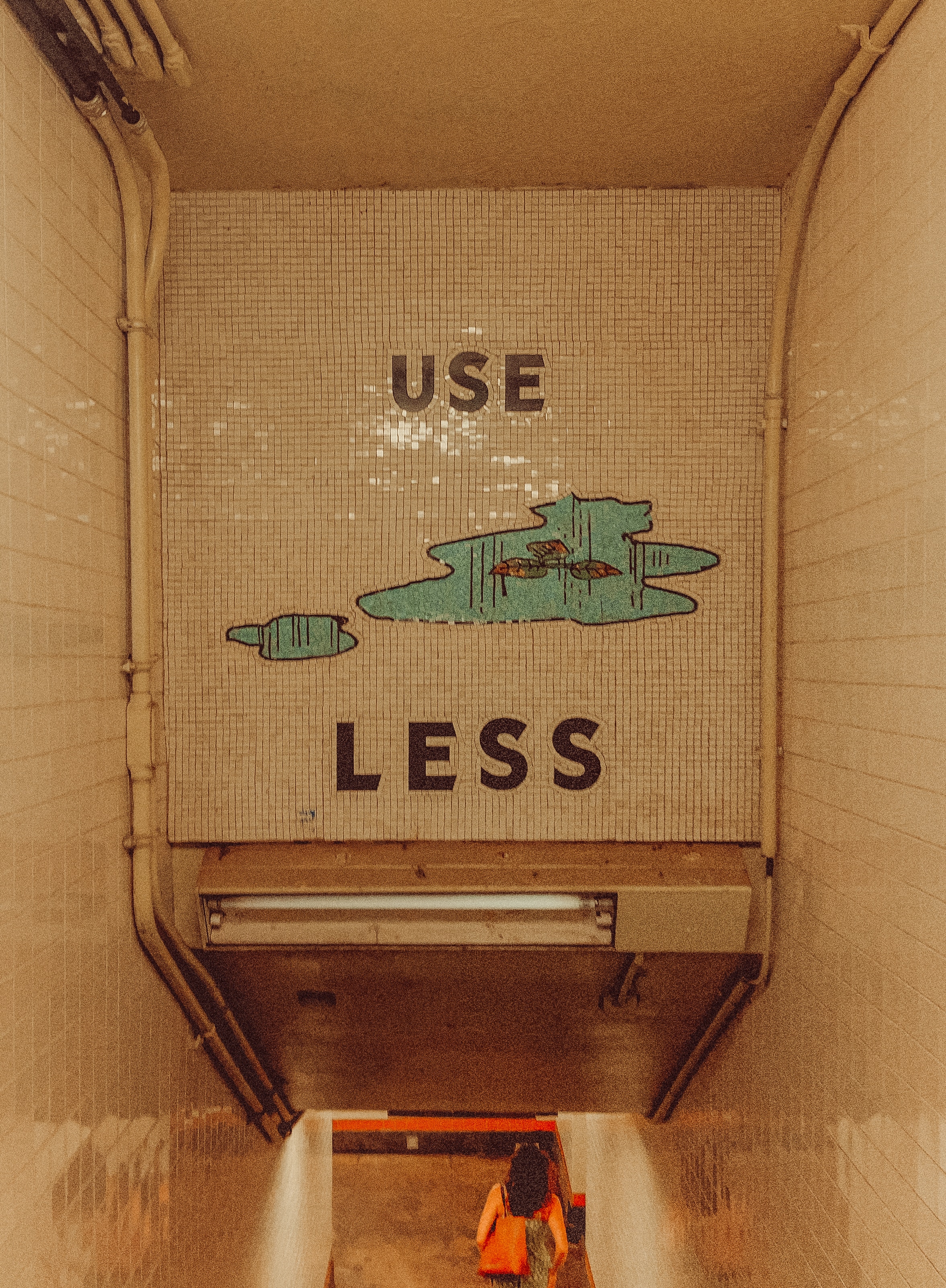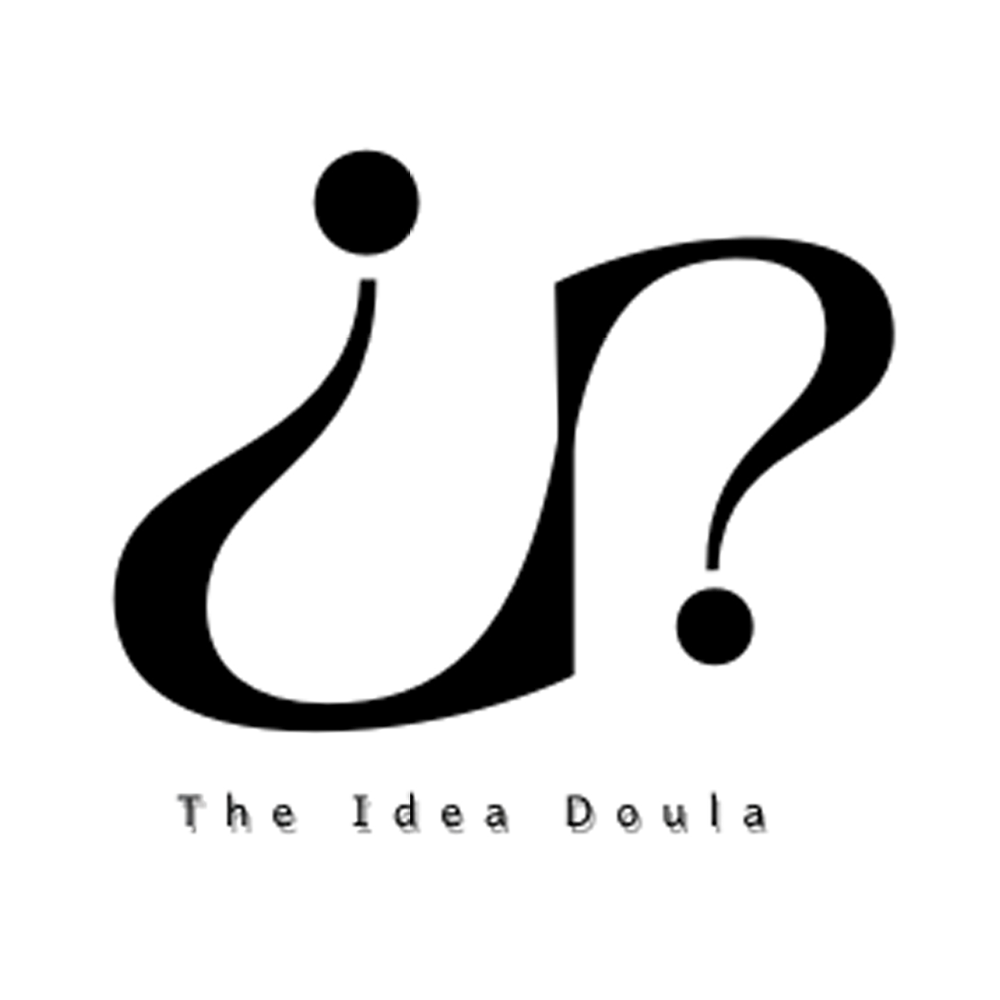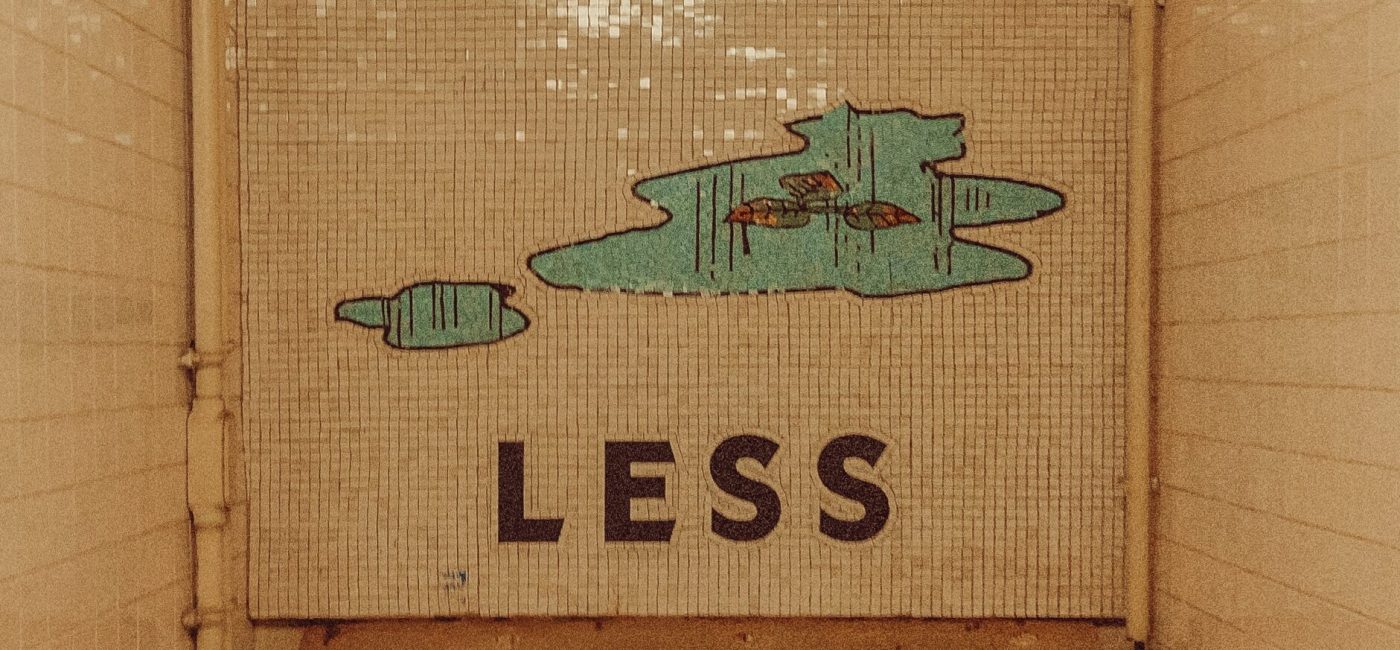The Artist-Creator’s Office (Dispatch No. 8)

As the boycotts against Israeli products as well as the products of companies which enable the genocide of Palestinians have been gaining traction, accompanying the ongoing buildup towards a movement boycotting Apple electronic products built through the murderous labor of the Congolese people and the depletion of their environment through the mining of minerals, like cobalt and coltan, I’ve been exposed to a lot more thinking about my creativity as it relates to consumerism. This line of thinking has brought so much to the surface, impacting my values and the way I want to live my life.
I’m eternally grateful for TikTok and the ways this platform has exposed me to ways of creating that do not depend on having all the latest equipment or having an immaculate video recording setup. Excellently created art is a pleasure to experience, yet society has grown to equate creative excellence with certain class markers. Creativity disproves this premise, especially when you look at some of the most lauded artists throughout history and the avenues through which their creativity has been expressed. Indeed, indigenous peoples and their histories laugh in the face of consumerism, displaying powerful shows of creativity that happened in the absence of capitalistic structures.
In Chapter 7 of How To Go Mad Without Losing Your Mind by La Marr Jurelle Bruce, this reality is discussed at length. (This chapter, and this book, is so rich that this is only a small snippet of what the chapter discusses and captures as a part of a greater conversation about capitalist time.) Consumerism exalts the idea that artists continually need to spend money on goods to make their art more excellent, or at least, more enticing to desired audiences. However, this idea partners with other harmful mindsets, like perfectionism and toxic productivity, conceiving a paradigm that doesn’t actually lead to further creativity or diverse forms of self-expression. Once artists are reduced to consumers, their work necessarily functions to urge people towards the same reductive degradation. When we consume art that glorifies consumerism, it urges us towards the same behavior and value alignment within our own lives. As this writer puts it, “The more we embrace a destructive identity, the more destructive we become. The more destructive we become, the more we lose our ability to be creative.” Let’s talk about a few more specific ways consumerism is killing your creativity.
Consumerism invites you to silence your intuition in favor of following trends and exclusively seeking external validation. Sitting with your intuition requires a level of discomfort and healthy independence that consumerism cannot abide. Especially with Gen Z’s obsession with whether things are cringe or not, it is increasingly out of style to sit with one’s own feelings about their life and the trajectory of their existence. Instead, we long to align our processes of growth and evolution with the trend that seems to be the most popular at the time. Where our artistic practice could be informed by that unique creative urge that exists within every artist, we are pushed into action out of the fear of standing out from the crowd. If people don’t f*ck with our art, then we are prone to label our self-expression as failure and reject our innate sense of direction.
(This aspect of consumerism really cracks me up because when I think about art and creativity, I think of novelty. Novelty is one deeply pleasurable aspect of artistic expression. A joke is funny because it introduces novelty to an aspect of the mundane that has never occured to us. Music rocks because it invites novelty into the world of musicality, reminding listeners and artists alike that there is always a new way to think about something, a new way to manipulate sound and rhythm. So, in our search for novelty, when we ally with consumerism, we shortchange ourselves by seeking novelty on beaten paths. How will you find something new looking in the same old places, asking the same old corporations and power structures?)
Consumerism glamorizes (and erases) complex lived experiences, decenters your own metrics of success for your art practice, and prioritizes the amassing of material goods as the epitome of fulfillment. When we read about artists we admire, or watch documentaries about their lives, chances are we desire specific aspects of their success, but not their life as a whole. Artists don’t exist in a vacuum of consumerism. Artists are nuanced and our practices are informed by a multitude of contexts, including but not limited to, our lineages, our socioeconomic status, our spiritual practice, our personal relationships, our relationships with our selves and our relationships with time and capitalism to name a few. Consumerism is limited in imagination because it takes snapshots of lives, shortened for our consumption through social media, and tries to sell us a full picture of what our own lives could be like.
In this way, on Instagram, I see a really cool queer artist living their best life in a beautiful house with a partner they love, a couple pets (maybe kids?), and a thriving artistic practice that supports their lifestyle. And how does consumerism tell me I can achieve this? By buying the same art supplies as this artist. By buying the same book as this artist. By copying their 8-step skincare routine. So I head down to my local store and buy everything I can, probably going into debt to make these purchases. After this shopping spree, I come home, expecting the sense of fulfillment to accompany me past my front door. No forethought accompanied these purchases. There was no interrogation to define the correlation between a specific product and my personal metric of success. Intention is absent from the equation, thus my purchases serve no real purpose of mine. And thus, they can have no meaningful outcome.
With this idea about fulfillment, consumerism distracts artists from the mundanity of their practice and gives the false solution that inspiration comes from the next purchase. It’s okay to be normal, people. Celebrity culture has misinformed our worldview with this idea that famous people walk on air and live on Mount Olympus [or the hills of Hollywood]. Every artist you admire is a normal person. In many cases, privilege and perhaps a more supportive community are the only things that separate us from them.
(And this I will include as a note to myself and anyone else who resonates. No guilt, no shame, no condemnation to anyone, and: Your favorite producer had the privilege of time and studio space, and friends that would tell her, “Ayo, this sh*t is sick!” and radio personalities who would give them airplay. Your favorite visual artist lives at home with his parents; they respect his boundaries enough for him to feel like an adult at home. He has good relationships with the proprietors of an art studio near his home and he spends most of his time there, collaborating with his creative mind and readily available art supplies. Your favorite artist touches grass. Your favorite artist doesn’t have TikTok. Your favorite artist cuts open tubes of paint to use up the last of it. Your favorite artist makes do with what they have. Your favorite artist doesn’t usually buy things without forethought. Your favorite artist puts the phone down and picks up their guitar. Your favorite artist openly admits when they’re broke; they practice financial integrity. Your favorite artist shops at Toi Market. Your favorite artist wears their Vans out. Your favorite artist goes to CBD to buy their supplies every once in a while. Your favorite artist found their inspiration in a matatu/public transport, in bed taking a nap, at school doodling, in the supermarket, as they were journalling, in conversation with a homie, outside at sunset, in the kitchen doing dishes… They didn’t buy it.)
Things To Ponder
Who am I and what do I want? Who do I want to be and what does that person want?
What aspects of my desired reality already exist within my current reality?
What does happiness and fulfillment look like when I take away the examples sourced through social media and from music videos?
How can I exhaust my current art supplies?
How am I spending my money without intention?
When was the last time I purchased something that brought me closer to my ideal of fulfillment and success?
When it comes to the narrative of my life, how can I restore a sense of ownership and pride in my story, my practice, my seasons of growth and regression, and my self-expression?
How can I embrace community right now? How can I recognize the people who are already rooting for my existence and my self-expression?
Am I in touch with the world around me [where you live, eat, sleep, breathe]?
What seedlings (plants, roots, big trees, forests) of consumerism can I uproot from my imagination? How can I reclaim my imagination from the narrative that consumerism relentlessly creates within my mind? What land can I set aside in my mind as holy ground, protected from the pollution of consumerism?
When do I feel happy to be normal? Where do I feel happy to be normal?
What power does being cringe have over me?
How does novelty seduce me away from the clutches of fear?
If you’ve found light or insight from this blog post, please feel free to buy me a coffee. Your support is essential to keeping this work going!

